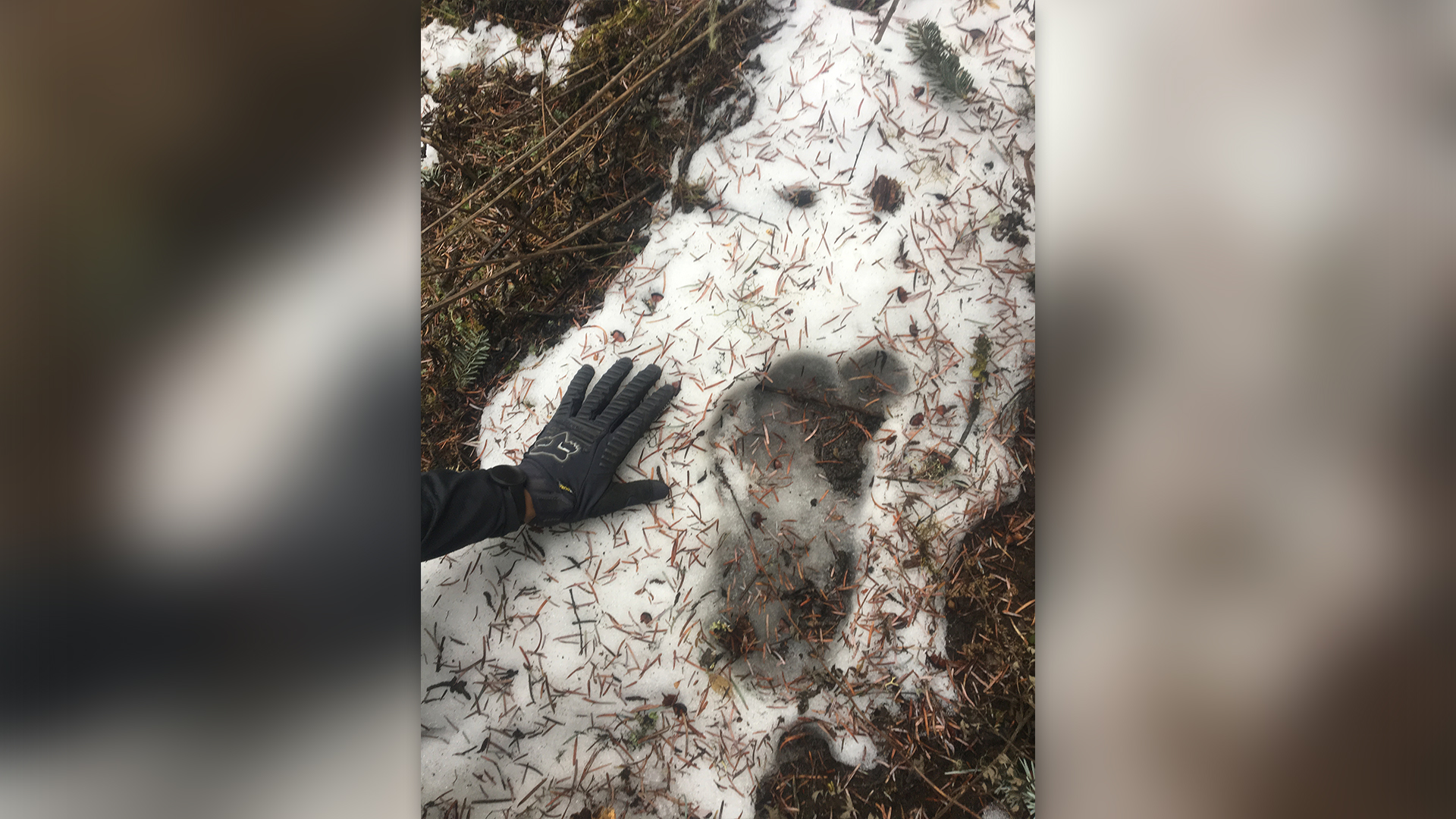'Yeti hair' found in Himalayas is actually from a horse, BBC series reveals
DNA from a supposed Abominable Snowman actually came from a horse, but that doesn't mean stories of the Yeti passed on by local people aren't important.

A search for the Yeti ended last month with a single strand of horse hair, a BBC Radio 4 program covering the Himalayan hunt has revealed.
Andrew Benfield, a writer and meditation teacher, has spent years looking for the Yeti with his skeptical friend and political analyst Richard Horsey. The pair traveled through India, Myanmar, Nepal and Bhutan, listening to stories about the legendary creature and eventually making "Yeti," a BBC Radio 4 series about their search.
The series finished on a cliffhanger in June — a mysterious hair supplied by an unnamed source awaiting DNA analysis. A bonus episode published Oct. 20 has now revealed the hair came from a horse.
Benfield told Live Science the result "didn't feel good" after three years of searching. "A horse was about as boring as we could get," Benfield said. But the DNA analysis doesn't invalidate the series or the stories of the people they spoke to, according to the pair.
Related: The most famous Bigfoot sightings
Tales of an ape-like creature roaming the Himalayas date back centuries. Western interest in the Yeti, or Abominable Snowman, took off in the early 1950s after British mountaineer Eric Shipton returned from Everest with photos of giant footprints. Subsequent investigations led by westerners failed to find any scientific evidence of the creature's existence.
Having worked in international development, Benfield didn't like that local accounts of the Yeti were dismissed just because white explorers hadn't found one. He was also reassured by a Sir David Attenborough interview filmed in 2013, in which Attenborough said he thinks "there might be something in the Abominable Snowman mystery." Attenborough doesn't take part in the new radio series.
Get the world’s most fascinating discoveries delivered straight to your inbox.
Benfield set out in 2019 to hear first-hand stories of the Yeti and invited Horsey, who has a PhD in cognitive psychology, to join him. "If I could convince him, I knew I was on to something," Benfield said.
The BBC became involved in 2022, just before the duo headed to Bhutan and the Sakteng Wildlife Sanctuary, a 286-square-mile (740 square-kilometer) national park established, in part, to protect the "Migoi," or Yeti, according to the Daily Bhutan. Here, Horsey finally gets a story that shakes his skepticism, and Benfield acquires the purported Yeti hair.
The hair was about 6 inches (15 centimeters) long. Benfield cut it in half and sent piece to Charlotte Lindqvist, an evolutionary biologist at the University at Buffalo in New York. Lindqvist and her team found the DNA matched Altai horses, a mountain breed from Asia.
Lindqvist was also part of a 2017 study published in the Proceedings of the Royal Society B that analyzed nine purported Yeti samples and found eight came from bears and one came from a dog. She has previously said that she has no doubt the creature is a myth.
Benfield accepts the DNA results but still hasn't parted with the other half of the hair, which he told Live Science is currently in his cupboard. He also spoke of the vast, untouched, unexplored nature of the Himalayas and said Yeti stories come from people who know the region.
"You certainly respect local people's knowledge when you're up there because they're keeping you alive," Benfield said. "Who am I to question these people? They're out there every day."
Horsey didn't think they'd come back with DNA evidence, but told Live Science the Yeti is more important to local people than he'd ever imagined. "We realized it doesn't really matter to most of these people whether it physically exists," Horsey said. "It's the role that it plays in their world."
Writer Tshering Tashi detailed Bhutanese belief in the Yeti in a 2020 article for Kuensel Online, the web edition of Bhutan's national newspaper. In it, he said that people in Bhutan are convinced that the Yeti exists but are in "no hurry" to produce evidence.
"While there is certainly a biological being behind the mythology, we believe that it will not be in the shape and form that Westerners have romanticised it to be," Tashi wrote.

Patrick Pester is the trending news writer at Live Science. His work has appeared on other science websites, such as BBC Science Focus and Scientific American. Patrick retrained as a journalist after spending his early career working in zoos and wildlife conservation. He was awarded the Master's Excellence Scholarship to study at Cardiff University where he completed a master's degree in international journalism. He also has a second master's degree in biodiversity, evolution and conservation in action from Middlesex University London. When he isn't writing news, Patrick investigates the sale of human remains.




